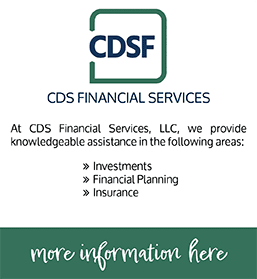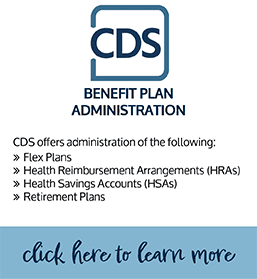New higher standard deductions and limits on itemized deductions are creating uncertainty about the tax benefit of charitable donations. On the flip side, a charitable deduction is still one of the most controllable deductions available to you in terms of timing and dollar amount.
So how can you donate to your favorite charities while still taking a tax deduction? Consider donor-advised funds.
Donor-advised funds explained
Think of a donor-advised fund as a charitable savings account, except that withdrawals (grants) can only be given to eligible charities. It is an account controlled by a third-party sponsoring organization for the sole purpose of donating your funds to charity. While the sponsoring organization has control over the funds once they are contributed by you, you still decide what charity the funds eventually go to and when they’ll be donated.
Donor-advised funds are administered by sponsoring organizations such as financial service companies, community organizations, and academic institutions. The good news is most financial institution donor-advised funds will allow you to keep the funds in the account for as long as you wish and make grants to any eligible charity out of it.
Benefits of a donor-advised fund
- Immediate tax deduction
The full charitable tax deduction is available in the year the funds are contributed to the account, even if you haven’t decided which charities will receive a distribution. Even better, annual deductible donations are now available for up to 60 percent of your adjusted gross income (AGI) for cash donations (formerly 50 percent) and 30 percent of your AGI for security donations.
- Avoid capital gains tax
When donating appreciated long-term securities (held longer than one year), you are able to deduct the full market value of the asset as an itemized deduction without the burden of paying capital gains tax. So consider donating investments that you perceive to be close to their highest value before making a cash donation to take advantage of this benefit.
- Risk-free from market fluctuations
Once the funds are contributed, your tax deduction is immune from personal market risk. If the contributed securities rise in value, the gains realized are associated with the fund and stay tax-free for you. On the other hand, if the contributed securities decrease in value after contribution, your initial donation amount does not change.
- Donations are private
Sponsoring organizations are required to disclose the charities that receive donations, but are not required to report who is making the donation. Most funds will also allow you to make donations anonymously, if that is important to you.
- Perfect for a bunching strategy
Donor-advised funds provide an opportunity to place multiple years of donations into the fund for later distribution. This bunching technique can help you reach the itemization threshold in a chosen year. Once your charitable contributions are in the donor-advised fund, you can advise on the timing of distributions so you can continue to support your chosen charities over multiple years.
If a donor-advised fund is something you would like to explore, now is the time to start researching and planning.
YEAR-END 2018
This newsletter is issued annually to provide you with information about minimizing your taxes. Do not apply this general information to your specific situation without additional details. Be aware that the tax laws contain varying effective dates and numerous limitations and exceptions that cannot be summarized easily. For details and guidance in applying the tax rules to your individual circumstances, please contact us at (888) 388-1040.





